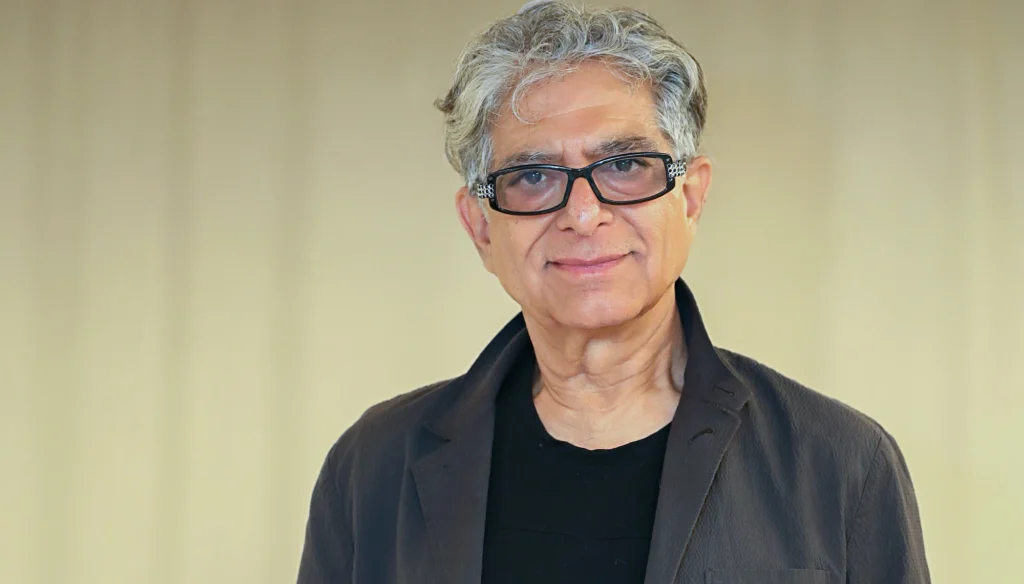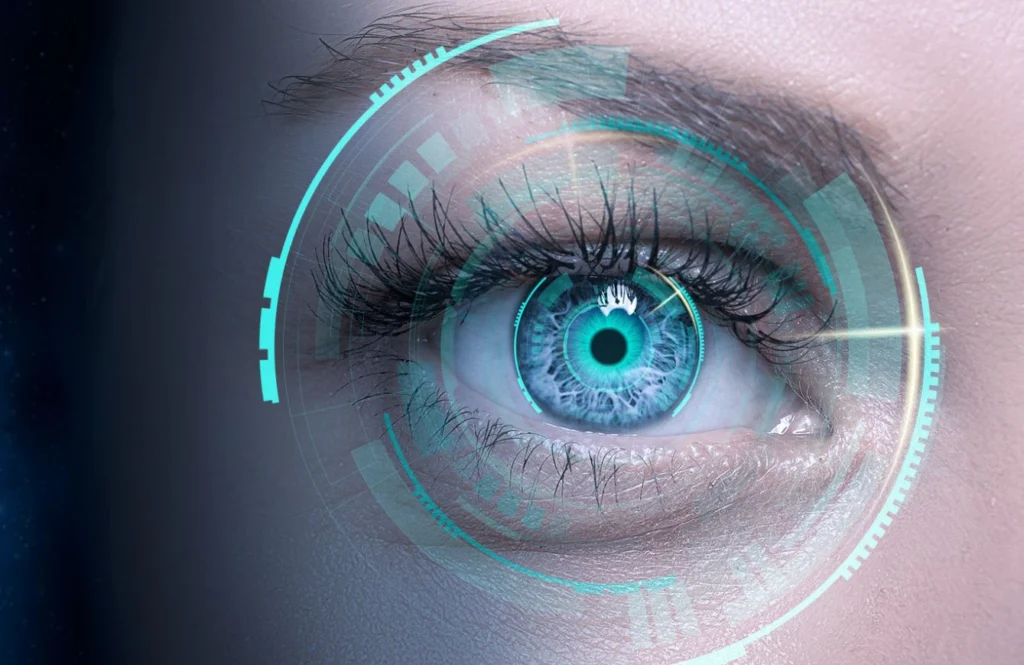The Rise of Emotion Tech Can Devices Really Understand Feelings? By Alhanouf Mohammed Alrowaili In an era where technology constantly redefines the boundaries of human experience, a new frontier is rapidly gaining ground, Emotion Tech. Once the stuff of science fiction, devices that can interpret, respond to, and even anticipate human emotions are beginning to find their place in everyday life. From AI-powered mental health apps to emotion-sensing wearables, technology’s ability to “understand” feelings is no longer a far-off dream, it’s happening now. But as Emotion Tech rises, a deeper question emerges, Can machines genuinely understand emotions, or are they simply learning to mimic human empathy? What is Emotion Tech? Emotion Tech, short for emotional technology, encompasses a range of tools and systems designed to detect and respond to human emotions. It relies heavily on biometric data, such as heart rate, skin conductivity, facial expressions, tone of voice, and even word choice, to gauge how a person is feeling. Machine learning algorithms then interpret these signals to determine emotional states like happiness, sadness, anger, or anxiety. Some of the most common applications of Emotion Tech today include AI mental health apps that offer mood tracking and therapy-like conversations, customer service bots that adapt their responses based on a caller’s frustration levels, and wearable devices that monitor emotional wellbeing through physiological changes. Even major tech companies like Apple, Microsoft, and Amazon are investing heavily in this field, envisioning a future where devices will be emotionally intelligent companions. The Science Behind Emotional Recognition Human emotions are complex and often difficult to quantify. However, researchers have found that certain physiological and behavioral cues can offer reliable windows into our emotional states. For example, a faster heartbeat and sweaty palms may indicate anxiety, while smiling and relaxed muscles might suggest happiness. Advanced Emotion Tech combines several techniques to read these cues. Facial recognition software can analyze micro-expressions, fleeting, involuntary facial movements, to detect emotions that a person may not even consciously express. Natural Language Processing (NLP) tools analyze spoken or written language for sentiment, word patterns, and tone. Meanwhile, biometric sensors in wearables track physical signs that correlate with emotional states. When these various data streams are combined and processed through sophisticated algorithms, devices can build a fairly accurate picture of how a user feels, at least on the surface. The Promise of Emotion Tech The potential applications of Emotion Tech are vast and varied. In healthcare, emotion-aware devices could revolutionize mental health treatment by offering real-time monitoring and early intervention for conditions like depression and anxiety. For instance, an app could detect the signs of a depressive episode days before it fully manifests, allowing for timely support. In education, emotion-sensing tools could help teachers understand when students are confused or frustrated, tailoring lessons in response. In customer service, bots could de-escalate tense situations by adapting their tone and language to soothe upset customers. Even in entertainment, Emotion Tech could personalize content, recommending movies or music based on a user’s mood. For those dealing with social isolation or emotional difficulties, devices capable of detecting and responding to feelings might offer a comforting sense of being “seen” and “heard,” even if by a machine. But Can Machines Truly “Understand”? Despite these exciting possibilities, there’s a crucial philosophical and technical distinction to be made, interpreting signals is not the same as understanding emotions. Machines do not “feel” in the way humans do. They analyze inputs and generate outputs based on pre-programmed patterns and learned data, but they lack consciousness, empathy, and subjective experience. In other words, while a device may recognize that you are sad based on your voice trembling and your words slowing down, it does not “feel” sadness with you. It simply knows that, statistically, these cues often correlate with sadness. Some critics argue that calling this “understanding” is misleading. True emotional understanding requires shared human experience, cultural context, and an intuitive grasp of nuances that go beyond data points. Technology, no matter how advanced, processes emotions through a mechanical lens, devoid of the rich inner life that defines human feeling. Ethical and Privacy Concerns As with any rapidly advancing technology, the rise of Emotion Tech brings significant ethical concerns. One of the most pressing is privacy. Emotion data is deeply personal. When companies collect information about how we feel, sometimes without our explicit consent, it opens up serious questions about surveillance, data security, and exploitation. For instance, could an insurance company deny coverage based on emotional instability detected by an app? Could advertisers manipulate consumers more effectively by targeting them during moments of vulnerability? Without stringent regulations, the misuse of emotional data could become a major societal issue. There’s also the danger of over-reliance. If people start turning to machines for emotional support rather than human beings, could it lead to greater isolation in the long term? Could technology, ironically, weaken our natural emotional intelligence skills? The Road Ahead Emotion Tech is still in its early stages, and while it holds incredible promise, it also demands careful, ethical development. Developers and policymakers must prioritize transparency, consent, and security as they shape this new landscape. Users must be educated about the limitations of these devices, understanding that while machines can simulate emotional understanding, they cannot replace human connection. Ultimately, the most powerful role Emotion Tech might play is not to replace human empathy, but to augment it. By offering tools that help us better understand ourselves and each other, technology can support mental health, enhance communication, and create richer, more compassionate interactions. But it should always be clear, real emotions belong to humans, and no machine, no matter how smart, can truly feel them.








